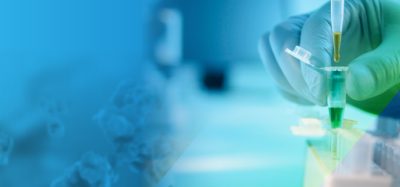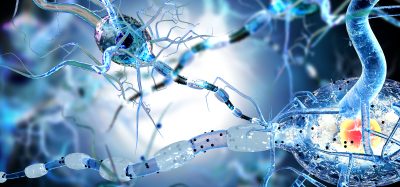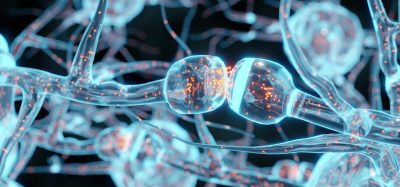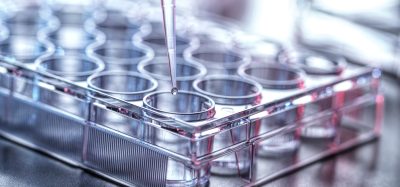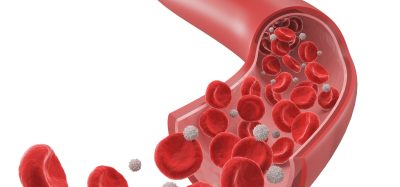Higher radiation tolerance for proteins imaged using LPEM
Posted: 10 December 2018 | Iqra Farooq (Drug Target Review) | No comments yet
Liquid-phase electron microscopy could overcome limitations identified through traditional protein imaging techniques and through cro-electron microscopy…
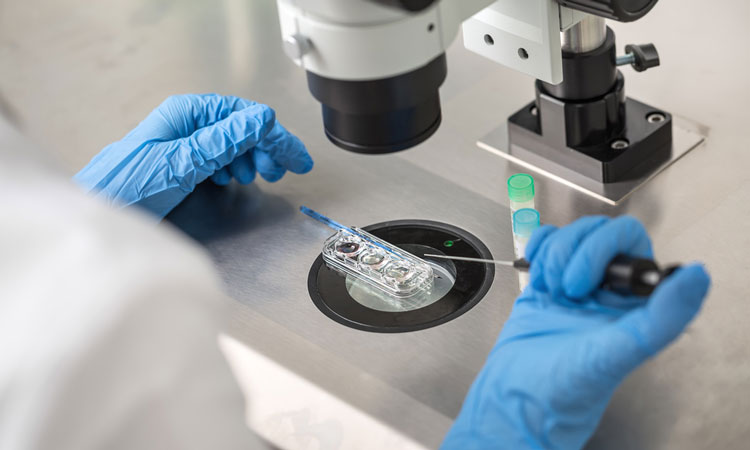

Liquid-phase electron microscopy is a technique that can be used to overcome one of the key limitations of electron microscopy – where the electron optics require a high vaccuum, and so the sample would need to be in a stable environment.
Researchers at INM – Leibniz Institute for New Materials, Saarbrücken, Germany, developed this technique in order to study proteins in their hydrated state. The team used a graphene liquid cell for the transmission of proteins during the microscopy, which resulted in an order of magnitude higher radiation tolerance of a sample of protein in comparison to amorphous ice.
Electron microscopy is one of the mainstream methods of analysing and investigating the structure of proteins. Traditionally, during this procedure the protein samples are fixed, then stained with a metal to enhance their contrast, subsequently dried, embedded in plastic, cut in thin sections, and then imaged in the vacuum environment required for electron microscopy.
Biomarkers aren’t just supporting drug discovery – they’re driving it
FREE market report
From smarter trials to faster insights, this report unpacks the science, strategy and real-world impact behind the next generation of precision therapies.
What you’ll unlock:
- How biomarkers are guiding dose selection and early efficacy decisions in complex trials
- Why multi-omics, liquid biopsy and digital tools are redefining the discovery process
- What makes lab data regulatory-ready and why alignment matters from day one
Explore how biomarkers are shaping early drug development
Access the full report – it’s free!
In more recent times, cryo-electron microscopy overcame the intense sample preparation method, by providing the means to study the protein in a native hydrated state – in amorphous ice. In order to resolve the structure, tens of thousands of ‘noisy’ images need to be taken (of identical areas) to resolve the structure of the protein.
The scientists used liquid-phase electron microscopy with unstained protein samples such as nanomaterials or cells in liquid, to image the structure of the protein. Until recently, it was debated whether this method would be better or worse than the method using amorphous ice.
In their recent publication, Dr Sercan Keskin and Dr Niels de Jonge from the INM-Leibniz Institute for New Materials demonstrated how the radiation tolerance was increased by an order of magnitude compared to a sample in ice. The microtubule sample was prepared in a graphene liquid cell, and the researchers mentioned that it was essential to use a low rate when the irradiation electron beam was applied.
The researchers mentioned how this method could potentially overcome limitations observed through other protein structure imaging methods.
Related topics
Analysis, Analytical Techniques, Imaging, Protein, Research & Development, Structural Biology
Related organisations
INM-Leibniz Institute
Related people
Dr Niels de Jonge, Dr Sercan Keskin



